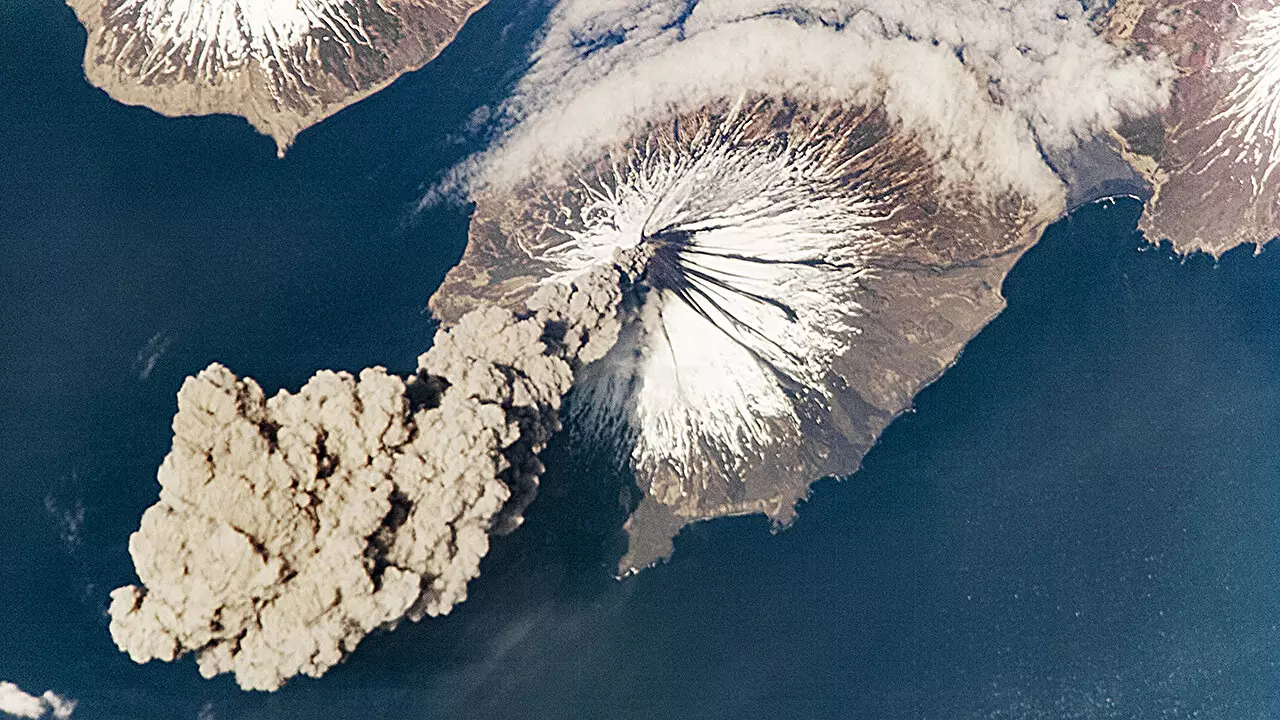Subduction zones, the intricate interfaces where tectonic plates collide and one descends beneath another, are more than geological curiosities; they are pivotal cogs in Earth’s water cycle. Recent research spearheaded by G. S. Epstein and his team provides a compelling lens through which we can examine the dynamic interactions between subducting plates and the hot mantle below. It’s a vivid reminder of how interconnected our planet’s systems are, revealing not only the mechanics of geology but also the implications for volcanic activity and seismic behavior that can affect human life.
The Role of Water in Geological Processes
At the heart of this study lies an often-overlooked element: water. The interaction between oceanic plates, which are heavy and water-logged, and less dense overriding plates generates an astonishing process. As these slabs descend into the hotter mantle, they release trapped water—which plays a crucial role in the formation of surface volcanoes, as it influences magma generation. This process not only has geological implications; it also limits the severity of underground earthquakes, acting almost like a pressure release valve. Understanding how much water is released and when, is thus essential for predicting not just natural phenomena but potential human impacts across regions prone to seismic activity.
Modeling the Dynamics of Hydration
The research innovatively simulated the complex interplay between a 90-million-year-old plate and a younger 10-million-year-old one, focusing on the fore-arc mantle wedge—the area nestled between the descending slab and the more buoyant crust. This locale acts as a storage space for the water released from the plunging slab. The findings are groundbreaking: they demonstrated that mantle hydration is largely dependent on the thermal evolution of the subduction zone. Initially, water is lost, but as conditions evolve during the lifecycle of the subduction zone, the crucial phase for hydration emerges.
It’s during this middle stage—when the slab is descending rapidly—that we see a convergence of conditions favorable for water retention in the fore-arc wedge. The juxtaposition of the hot slab and a cooling overlying mantle creates ideal circumstances for water to rise and enter the mantle, a finding that elevates our understanding of subduction zones to new heights.
Future Implications for Earth Sciences
What makes this study particularly enlightening is its alignment with seismic data, reflecting how theoretical models and tangible observations can complement each other. It highlights that Earth’s fore-arc mantle wedges may harbor an enormous amount of water—tenfold greater than previous estimates, equivalent to approximately 0.4% of Earth’s oceans. This revelation isn’t just an academic curiosity; it has broader implications for how we understand water’s role in geological systems and climate cycles.
For scientists and policymakers alike, grasping the scale of these hidden reservoirs is critical, as it can inform predictions about volcanic activities, earthquake magnitudes, and even hydrological cycles that have direct consequences for humanity. Considering the interconnectedness of geological processes and their real-world implications, this research underscores an incredible depth of knowledge waiting to be explored in our quest to understand Earth—the ultimate interconnected system.

